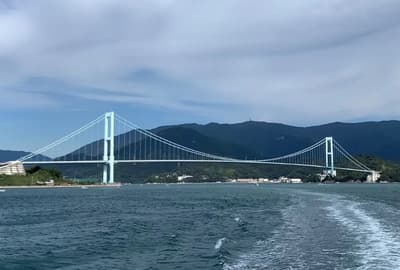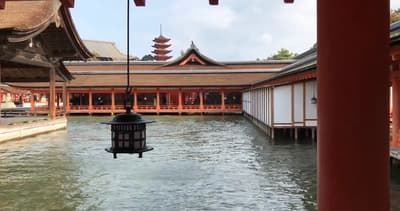What is Takehara City & Okunoshima Island?

Takehara City is located in south-central Hiroshima Prefecture, facing the Seto Inland Sea and rich in nature. The historical landscape of the town is tasteful, and visitors can spend a relaxing time surrounded by the rich nature of the Seto Inland Sea.
A small uninhabited island with a circumference of about 4 km off the coast of Takehara City is famous as a Rabbit Island with rabbits in town. Visitors can feed the adorable wild rabbits, take pictures, and enjoy a relaxing time. On the other hand, Okunoshima island also has a history of poison gas production during the Pacific War. Today, there are no longer effects of the poison gas, but there are historical sites and a museum where visitors can learn about the island’s past.
Okunoshima Island (大久野島)
Click here to learn more about Hiroshima
8 Sightseeing Spots
Kyukamura Okunoshima (休暇村 大久野島)

It is the only lodging facility on Okunoshima Island. Not only can visitors enjoy hot springs and cuisine using seasonal Setouchi ingredients, but also fishing, swimming pools, and camping with a view of the Seto Inland Sea’s archipelago beauty. Day trips are also available. If you would like to stay overnight on Okunoshima, where you can meet cute wild rabbits, here are your options!link

Okunoshima Poison Gas Museum (大久野島毒ガス資料館)

In the past, during the war, large quantities of poison gas and other chemical weapons were manufactured on Okunoshima. At the time, the manufacture of poison gas was carefully concealed, and during the war, Okunoshima was even erased from maps as a “secret island”. The fact that the Japanese military was manufacturing poison gas was almost unknown to the Japanese, except to former military personnel.
The Poison Gas Museum maintains the historical site as a reminder of its negative legacy. The museum exhibits related materials to convey the tragedy of war and the preciousness of life, and to pray for lasting peace so that such history will never be repeated.
Takehara Townscape Conservation Area (たけはら町並み保存地区)

Takehara is a merchant town that developed and prospered mainly during the Edo period (1603-1868) through the production of salt and sake. The neighborhood is lined with old machiya, wooden buildings and merchant residences built between the Meiji and early Showa periods that have been preserved in the atmosphere of those days. Although the area is not so large, it is full of attractions such as buildings that can be toured, sake breweries, and restaurants in renovated warehouses.Take a stroll through the retro townscape and feel as if you have stepped back in time to the good old days.
NIPPONIA HOTEL Takehara Saltworks Town (NIPPONIA HOTEL 竹原 製塩町)

NIPPONIA HOTEL is an initiative to renovate historical buildings in various regions as hotels and revitalize them as lodging complexes where visitors can experience the local history and culture.




NIPPONIA HOTEL in Takehara is also one of the hotels that opened within the Takehara Townscape Conservation Area as part of this initiative. Based on the concept of “staying in the hotel as if you are living there,” the hotel provides comfortable accommodations across three buildings scattered throughout the Conservation Area. These buildings are renovated old structures that have been part of Takehara for many years. The inn is designed in the style of old private homes with a Japanese aesthetic, creating a relaxing and peaceful atmosphere.
The editor personally stayed at the hotel! My room was #103 of the MOSO building, which was incredibly spacious✨


The hinoki bath is also a highly recommended feature! I heard that all guest rooms are equipped with hinoki baths. The fragrance was so delightful that I couldn’t resist indulging in a long bath. Additionally, there’s even a private garden.
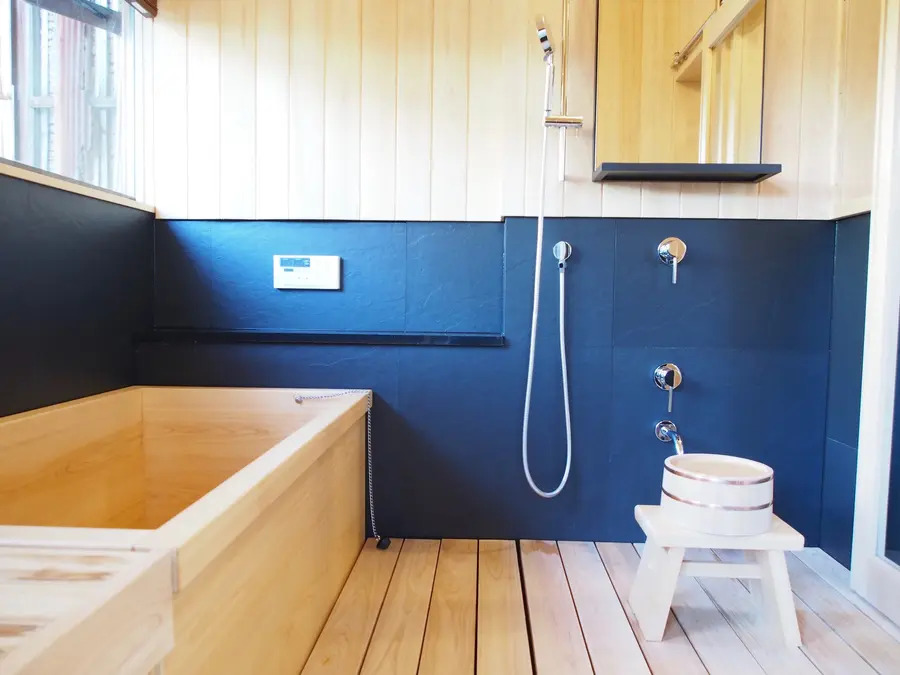

Aohata Jam Deck (アヲハタ ジャムデッキ)

This is a facility where visitors can tour the jam factory of “Aohata,” famous for its jam, and experience jam making (for a fee). The sky-blue exterior walls are very stylish and eye-catching.
*Factory tours and jam-making experiences are by reservation only and must be arranged in advance by call. Please note that guided tours are conducted in Japanese.
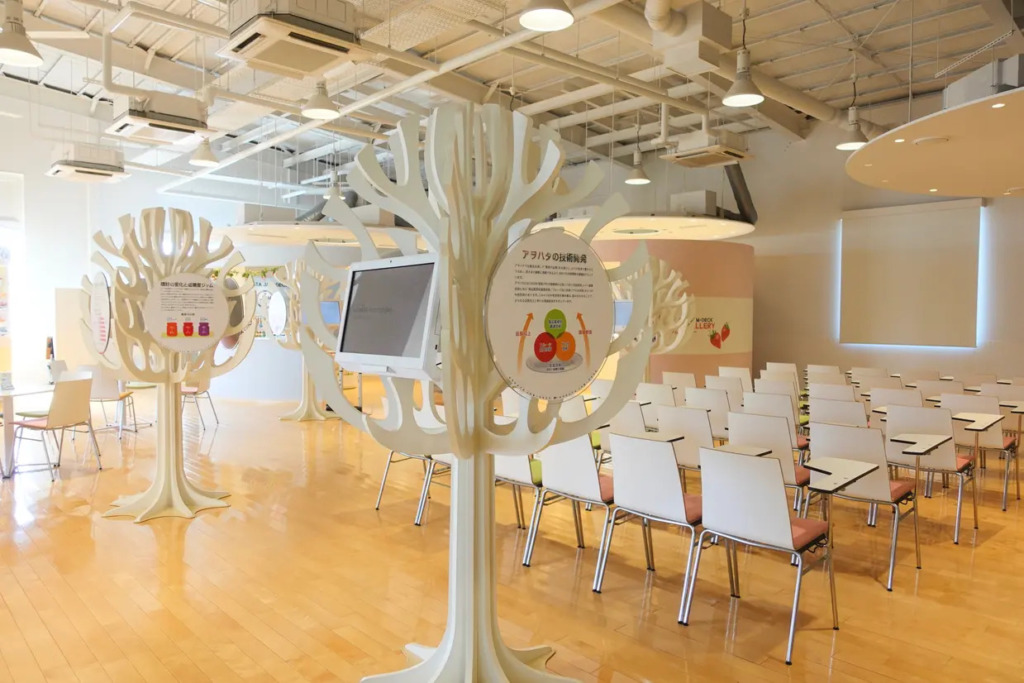

In addition to the jam factory tour and jam-making experience, visitors can see Aohata’s jam collection and do some shopping.


The café space and sky deck are recommended for taking a break while enjoying the view of the ocean.


Roadside Station Takehara (道の駅 たけはら)

Roadside Station Takehara is located a short walk from the Takehara Townscape Conservation Area. Although it is a small roadside station, it sells fresh local vegetables, local sake, souvenirs, and other local products of Takehara City. It also has a panel of characters from the anime “Tamayura,” which depicts the daily life of a high school girl and the people around her in Takehara City. It is convenient as a rest stop before or after sightseeing in the Takehara Townscape Conservation Area.

Saihoji Temple and Fumeikaku (西方寺・普明閣)
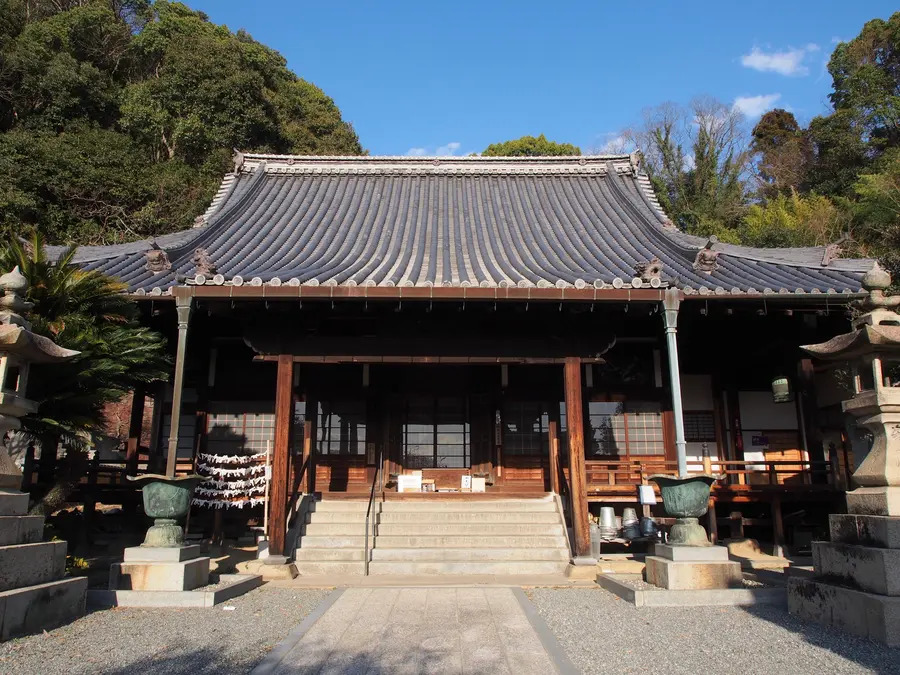
Seihoji Temple is located in the Townscape Conservation Area. The temple grounds are lined with buildings such as the main hall, bell tower, and temple gate, and are characterized by a magnificent castle-like stone wall in front of the temple grounds.

Fumeikaku, located next to the main hall of Saihoji Temple, is a kannon hall built on a hill. It is an important architectural landmark of Takehara City, and its particularly elevated location offers a panoramic view of the city of Takehara.

Machinami Takekobo Bamboo Craft (竹原まちなみ竹工房)

Machinami Takekobo Bamboo Craft Workshop is located in the Takehara Townscape Conservation Area. Here, visitors can purchase bamboo crafts and watch the craftsmen at work. Visitors can also try their hand at making windmills and bamboo baskets while receiving detailed advice from the craftspeople. Please stop by to make your trip a memorable one.

Related Articles & Videos
Check out the travel blog about the Takehara and Kure areas of Hiroshima Prefecture!
Check out the travel vlog of solo camping trip to the rabbit island “Okunoshima”! (pt.1 and pt.2 are available)

